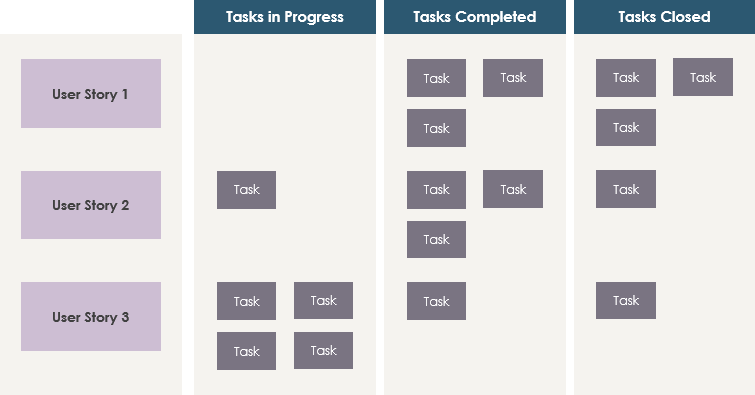Sprint Backlog in Agile Development: Purpose and Practical Examples
Introduction
In the world of Agile software development, the sprint backlog plays a pivotal role in ensuring that projects are delivered on time, with the right features, and at the highest quality possible. It’s an essential tool that helps Agile teams plan, organize, and execute their work efficiently. In this article, we’ll delve into the purpose of the sprint backlog and provide practical examples of how it functions within Agile development.
What is a Sprint Backlog?
A sprint backlog is a subset of the product backlog, which is a prioritized list of features, user stories, or tasks that need to be completed for a project. The sprint backlog is created during the sprint planning meeting, typically held at the beginning of each sprint in Agile development. A sprint is a fixed timeframe, usually lasting two to four weeks, during which the team commits to delivering a specific set of product increments.

Purpose of the Sprint Backlog
- Focus and Clarity: The primary purpose of the sprint backlog is to bring focus and clarity to the team’s work during the sprint. It takes the high-level items from the product backlog and breaks them down into actionable tasks or user stories for the team to complete. This detailed breakdown helps the team understand what needs to be done.
- Commitment: The sprint backlog serves as a commitment by the development team to deliver the selected items within the sprint. This commitment ensures accountability and encourages the team to work together towards achieving their sprint goals.
- Transparency: The sprint backlog is a transparent document that everyone on the team can access and understand. This transparency ensures that team members are on the same page regarding what needs to be accomplished during the sprint.
- Adaptability: Agile development is known for its ability to adapt to changing requirements and priorities. The sprint backlog allows teams to respond to changing circumstances during the sprint while keeping the overall sprint goal intact.
Practical Examples of Sprint Backlog Usage
- User Story Breakdown: Consider a scenario where a product owner has a high-priority user story in the product backlog, such as “As a user, I want to be able to reset my password.” During sprint planning, the team breaks down this user story into smaller tasks, such as “Design password reset UI,” “Implement password reset logic,” and “Write tests for password reset.”
- Task Assignment: In a cross-functional Agile team, different team members may take ownership of specific tasks within the sprint backlog. For instance, a front-end developer may be responsible for implementing the user interface, while a back-end developer handles the logic and a quality assurance engineer focuses on testing.
- Daily Stand-ups: During daily stand-up meetings, team members discuss their progress on the sprint backlog items. For example, a developer might say, “Yesterday, I completed the password reset UI, and today, I’ll start working on the logic.” This communication ensures that everyone is aligned and obstacles are identified early.
- Adjustments: As the sprint progresses, the team may encounter unforeseen challenges or changes in priorities. The sprint backlog allows for adjustments, such as reprioritizing tasks or adding new items if necessary, all while keeping the sprint goal in mind.
Conclusion
The sprint backlog is a crucial tool in Agile development, serving to guide the team’s work, maintain transparency, and facilitate adaptability to changing requirements. By breaking down high-level product backlog items into actionable tasks and fostering a sense of commitment, the sprint backlog empowers Agile teams to deliver value to their stakeholders efficiently and effectively. It’s a dynamic document that evolves with the sprint, ultimately helping teams achieve their sprint goals and, by extension, their larger project objectives.

